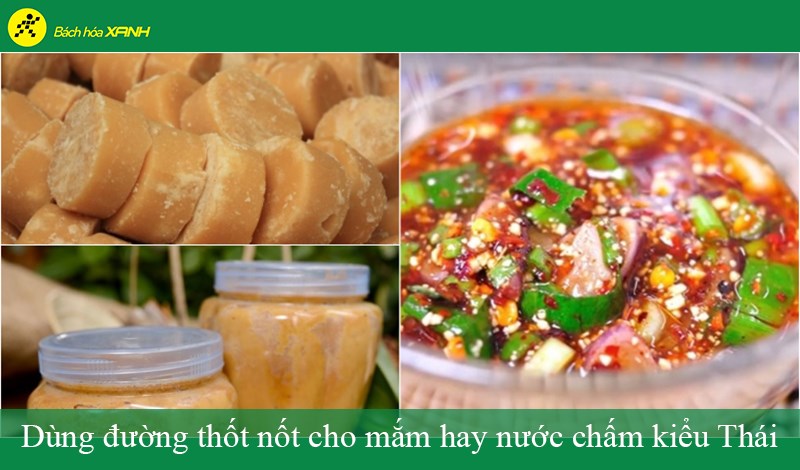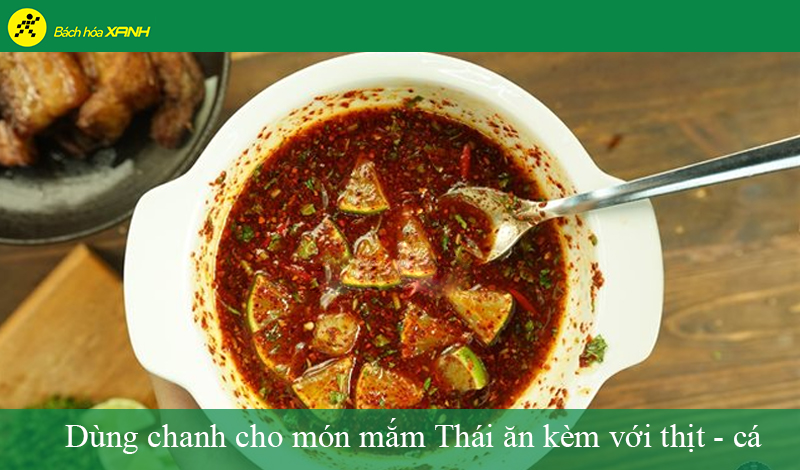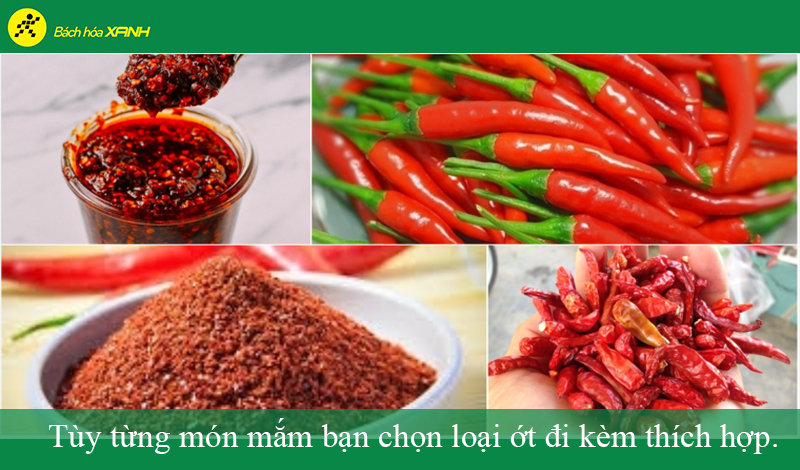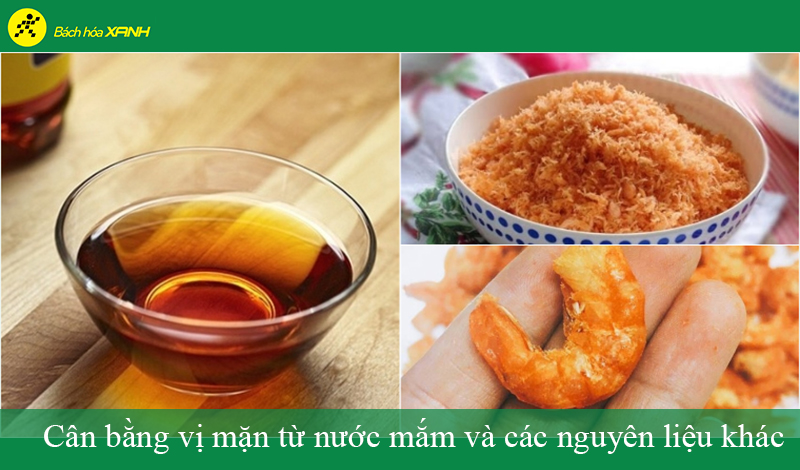The Art of Thai Dipping Sauces and Fish Sauce
When it comes to Thai dipping sauces and fish sauce, the sweet taste is perfectly balanced. Rather than being overpowering, it offers a mild and pleasant sweetness. While white sugar or brown sugar is typically used, the ideal choice for Thai fish sauce is palm sugar. Palm sugar provides the perfect level of sweetness without overshadowing other flavors.

For more information: cooky.vn
The Perfect Balance of Sourness
When considering the sour taste, it goes beyond the Thai dipping sauces and fish sauce itself. It also extends to the accompanying dishes:
- Fruits: Sour fruits like mangoes and tamarinds already possess their own sour taste, so Thai fish sauces used as dips generally do not require additional sourness.
- Fish meat: Lime or vinegar can add a sour taste to fish dishes. When using lime, it is best to use the whole fruit, cut into 8 pieces, and even include the peel in the sauce.
- Vegetables: Lime is commonly used for vegetable dishes as it brings both sourness and enhances the aroma of the food.

Adding a Touch of Spice
Adding spiciness to Thai fish sauce can be easily achieved using chili powder or whole chili. However, it is important to consider the preferences and tolerance of the target audience, as not everyone can handle spicy food. For those who enjoy spicy flavors, chili sauce or whole chili can be prepared separately and added to the fish sauce as desired.

The Art of Saltiness
In Thai fish sauce and dipping sauces, the salty taste is not limited to just fish sauce and soy sauce. It can also come from dried ingredients like shrimp and anchovies. If using dried ingredients, it is recommended to lightly roast them before adding them to the sauce. This enhances their crispiness, stimulates the taste buds, and helps to balance the salty taste in the Thai fish sauce.

Thai-style fish sauce achieves a perfect blend of sour, spicy, sweet, and salty flavors, with the added appeal of palm sugar for a beautiful color.



































